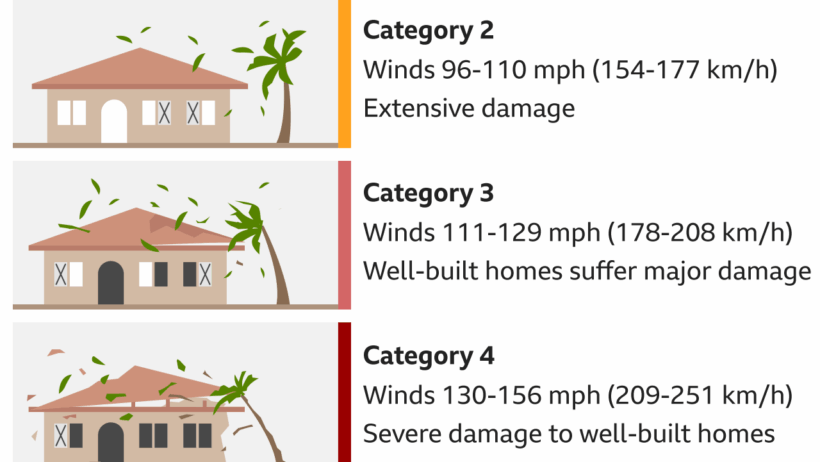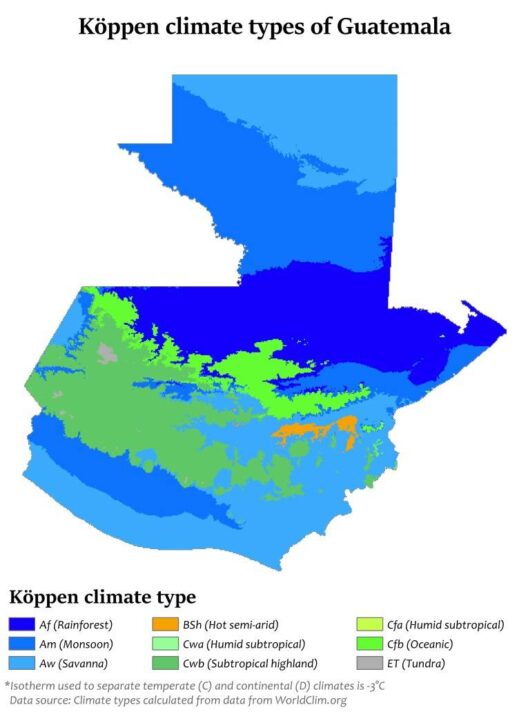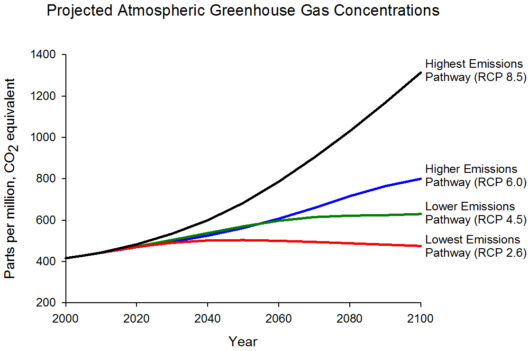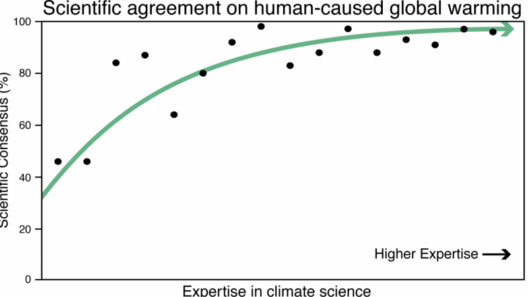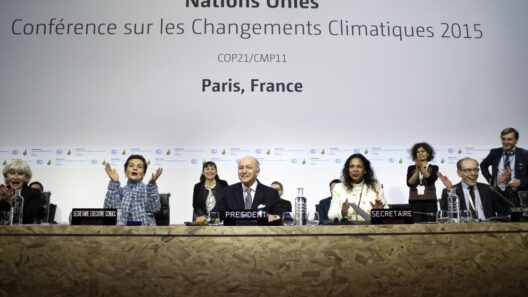The discourse surrounding climate change has burgeoned into a critical global dialogue, with increasing emphasis on its ramifications for extreme weather events. Among these, hurricanes stand out as particularly devastating manifestations of climatic disruption. The intersection between climate change and the intensification of hurricanes presents a compelling narrative, one that necessitates a deep exploration of causative factors to grasp the profound implications for humanity and the environment.
Understanding the mechanics of hurricanes is essential for delineating the impact of climate change. These colossal storms are spawned over warm tropical waters, where heat and moisture serve as the lifeblood for their formation and sustenance. The basic principle governing this phenomenon is straightforward: warmer ocean temperatures amplify energy availability, creating conditions ripe for the development of intense storms. In recent decades, the Earth has experienced a significant increase in sea surface temperatures, a direct consequence of anthropogenic emissions of greenhouse gases. This rise in temperature does not only contribute to the formation of hurricanes but also escalates their intensity and frequency.
A pivotal study observed that the Atlantic Ocean has warmed over the last century, a trend that correlates with an uptick in the frequency of Category 4 and Category 5 hurricanes. These classifications signify the most formidable forces in nature, with catastrophic winds exceeding 130 miles per hour. The linking thread between rising temperatures and hurricane intensity is rooted in atmospheric capacity for moisture. The Clausius-Clapeyron equation indicates that for every degree Celsius increase in temperature, the atmosphere can hold approximately 7% more moisture. Thus, with warmer oceans, hurricanes not only form more readily but also carry heavier rainfalls, exacerbating flooding risks upon landfall.
The ramifications of this intensification manifest vividly in the exceedingly destructive hurricanes that have plagued various coastlines. For instance, the hurricanes of the last decade, such as Harvey and Irma, bore testament to the amplified power of these storms. Hurricane Harvey, which struck Texas in 2017, delivered unprecedented rainfall, leading to catastrophic flooding that submerged homes and disrupted communities. The concomitant rise in sea levels, another outcome of climate change, further exacerbates storm surges, rendering coastal regions increasingly vulnerable during hurricane events.
Moreover, the frequency with which these formidable storms now occur paints a stark picture of changing climatic patterns. The notion that hurricanes are simply cyclical in nature has given way to growing evidence that human-induced climate change is altering these cycles. For instance, many scientists assert that the increased frequency of major hurricanes reflects a shift in atmospheric circulation patterns that are altered by global warming. This is not merely conjecture but a pressing reality as historical data increasingly supports the hypothesis that storms are changing in response to climate anomalies.
In contemplating these developments, a broader scope emerges—one that encompasses social, economic, and environmental dimensions. Communities situated in hurricane-prone areas face heightened risks, requiring urgent adaptation strategies. The economic burden wrought by hurricanes can be staggering. A 2018 study suggested that the economic costs of hurricane damage in the United States could potentially rise to $35 billion annually by 2030, underlining the seriousness of the threat and the imperative for mitigation strategies. This call for action transcends mere curiosity; it implores individuals, communities, and governments to rethink their approaches to land use, urban planning, and emergency preparedness.
As storm patterns evolve, there lies a pressing need for a paradigm shift in our relationship with the environment. Embracing sustainable practices and reducing greenhouse gas emissions are not optional—they are essential to staving off the worst of what climate change has to offer. Transitioning to renewable energy sources, investing in resilient infrastructure, and enforcing stringent building codes represent proactive measures that can mitigate loss and damage during such calamitous events.
Furthermore, it is imperative to consider the psychological and emotional toll of these storms. The trauma experienced by residents of hurricane-stricken communities can reverberate for years, seeping into the collective psyche of society. Mental health resources must be integrated into disaster response strategies, acknowledging that the fight against climate change extends beyond physical structures and into the human experience.
As we delve deeper into the relationship between climate change and the frequency and intensity of hurricanes, curiosity becomes a vital tool. Understanding the science behind climate phenomena not only galvanizes public interest but also fosters a sense of responsibility towards collective action. The time to embrace dialogue is now, to educate ourselves, and to spur innovative solutions tailored to our unique communities.
The pathway forward rests upon a dual commitment: to mitigate climate change while adapting to its inevitable impacts. While hurricanes will continue to batter coastlines, a thoughtfully engaged society equipped with knowledge and resilience can alter the trajectory of destruction. An awareness of the connection between our behaviors and the environment opens the door to enlightened choices, steering us towards a more sustainable future where we coexist with nature, rather than merely surviving its fiercest tempests.
In sum, the narrative surrounding hurricanes and climate change is multifaceted, demanding our attention and action. The confluence of science, policy, and individual responsibility engenders a robust framework for addressing the tragedies and challenges posed by these climate-induced phenomena. Now, more than ever, we stand at a crossroads, burdened with the choice to foster resilience and sustainability in the face of an uncertain future.


